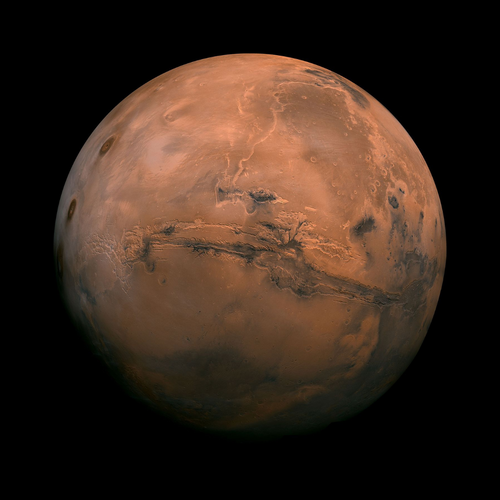
Astronz Object Of The Week: Mars
Exploring Mars: The Red Planet in Our Night Sky
Mars, often called the Red Planet, has captivated human imagination for centuries. As one of the most visible planets from Earth, it’s a fascinating target for astronomers, stargazers, and anyone curious about our neighboring world. Whether you’re observing Mars with a telescope, binoculars, or even the naked eye, there’s something extraordinary about seeing this distant planet glowing in the night sky.
What Makes Mars Special?
Mars is the fourth planet from the Sun and our closest planetary neighbor. Known for its reddish hue, which comes from iron oxide (rust) on its surface, Mars has been the focus of countless studies and missions. From its massive volcanoes like Olympus Mons to its deep canyon systems such as Valles Marineris, Mars offers a landscape as diverse as it is intriguing.
Key facts about Mars:
- Diameter: 6,779 km (about half the size of Earth).
- Atmosphere: Thin and mostly carbon dioxide, with no breathable oxygen.
- Moons: Two small moons, Phobos and Deimos.
- Distance from Earth: Varies from 55 million km to over 400 million km depending on its orbit.
How to Observe Mars
Mars is best viewed when it’s at opposition, the point where it’s directly opposite the Sun as seen from Earth. During opposition, Mars appears larger and brighter, making it an ideal time for observation. The next opposition is a perfect opportunity to study its features.
Observing with the Naked Eye
Mars is visible to the naked eye as a bright, reddish "star." Its distinct color makes it easy to spot, even from light-polluted areas.
Observing with Binoculars
A good pair of binoculars can enhance your view of Mars, allowing you to see its brightness and distinguish it from nearby stars.
Observing with a Telescope
A telescope will reveal Mars’ surface features, including its polar ice caps, dark markings, and occasional dust storms. A telescope with at least 6” aperture is recommended for the best results.
Interesting Features to Look For
- Polar Ice Caps: Bright white areas at Mars’ poles, visible during opposition.
- Dark Regions: These are surface features, like plains or ancient lava flows.
- Phobos and Deimos: Mars’ tiny moons are challenging to spot but can be seen with larger telescopes.
- Planetary Phases: Mars, like Venus, displays phases depending on its position relative to Earth and the Sun.
Mars and the Search for Life
One of the most exciting aspects of Mars is its potential to host life. While there’s no evidence of current life on the planet, past missions have revealed the presence of ancient riverbeds, deltas, and minerals that form in liquid water. These findings suggest that Mars may have been habitable billions of years ago.
Future missions, including NASA’s Perseverance rover and ESA’s planned ExoMars mission, aim to uncover more about Mars’ history and its potential for life.
Viewing Mars with Astronz
Ready to explore Mars for yourself? At Astronz, we offer a range of telescopes and binoculars designed to help you get the best possible view of the Red Planet. Whether you’re a beginner or an experienced astronomer, we can help you find the right gear for your stargazing adventures.
Mars is one of the most rewarding planets to observe, and with the right tools, you can uncover its many wonders from your own backyard.
